Have you ever heard of a gazebo, pergola or pavilion and wondered what the difference is? If so, you’re not alone. These three structures are frequently mistaken for one another, but they possess distinct qualities that differentiate them from one another. In this article, we’ll look at the differences between a gazebo, pergola and pavilion to help you choose the right structure for your outdoor space.
What Are Gazebos?
Gazebos are freestanding outdoor structures, typically made of wood or metal, and have a roof, sides and sometimes even a floor.
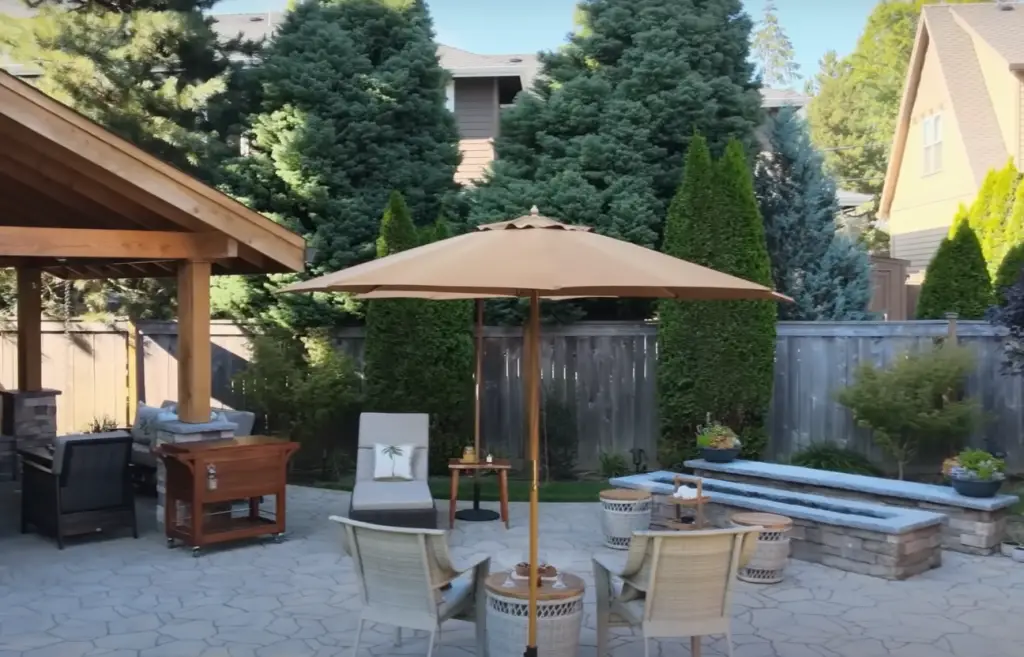
These structures are commonly used to provide shade in gardens or yards. They’re often round octagonal in shape and can be left open on all sides, covered with screens to keep out pests, or enclosed with walls or curtains to provide complete privacy. Gazebos are great for hosting outdoor parties and dining, providing a sheltered spot to relax, and can also be used as an outdoor office.
What Are Pavilions?
Pavilions are structures that are used for entertaining and relaxing. They provide shelter during outdoor events, such as family gatherings, birthday parties, or wedding receptions. Pavilion designs can range from simple gazebo-like structures to ornate pergola-type designs with columns and intricate latticework. Pavilions provide a great way to enjoy the outdoors without being exposed to the elements. Shelters can come in two forms: freestanding or attached to a house. They may include walls, roofs, and other features that offer additional protection against the elements such as the sun, wind, and rain.
They also make a great spot for summer barbecues, outdoor movie nights, and other fun activities. Pavilions provide an elegant and inviting atmosphere that can help create memories of a lifetime.What Are Pergolas?
A pergola is a type of outdoor living space that features a lattice of open beams and rafters supported by vertical posts or columns, and has no roof covering. While they don’t usually offer protection from the elements, they provide some shade by filtering sunlight. Pergolas can be freestanding structures or attached to the side of a house. They are often used for outdoor entertaining, dining alfresco, or creating comfortable seating areas. The openness allows for plenty of airflow and can be decorated with hanging plants, canvas covers, vines and LED lights to create an inviting ambiance. Pergolas typically require minimal maintenance and upkeep but should be checked regularly for any signs of damage or decay. Additionally, they may need to be treated with a waterproof sealant every few years to ensure their longevity. [1]
How To Choose The Right Structure For Your Property – Things To Consider
When it comes to deciding which structure is the best fit for your property, there are a few key factors that you should consider.

Let’s take a look at some of these considerations so that you can make an informed decision when selecting one of these features for your home:
Covered Vs. Uncovered Space
One of the key distinctions between gazebos, pergolas, and pavilions is the type of coverage they offer. Gazebos are usually covered structures with four walls and a roof. They can be used to create an outdoor room that provides shade and protection from wind and rain. This makes them ideal for entertaining or relaxing in the garden. Pergolas are open-topped structures that provide shade and help define an outdoor space. Although they do not offer complete protection from the elements, they can create an inviting area for gathering and entertaining. Pavilions are large covered spaces with open sides to allow air flow. They can be used to provide a comfortable space for dining, entertaining, or just relaxing. Although pavilions provide better shelter from the weather than pergolas, they still allow for some natural light and airflow.
Screened Vs. Open Air
Whether you choose a gazebo, pergola, or pavilion for your outdoor space, the primary difference between these structures is how much protection from the elements they provide. Gazebos are usually open-sided structures with a roof and four walls. The sides can either be left open to allow air and light to pass through or they can be enclosed with screen panels for additional protection from the elements. Pavilions tend to have open sides, although some walls may be included for a sense of enclosure. Pergolas are typically open on all sides with no solid walls, just vertical wooden posts connected by horizontal beams and rafters that form an open lattice.
Shape And Style
Gazebos and pavilions are usually somewhat octagonal in shape, while pergolas can be any size or shape. Pavilions also have a roof structure, typically sloped like that of a gable roof, whereas gazebos and pergolas do not.
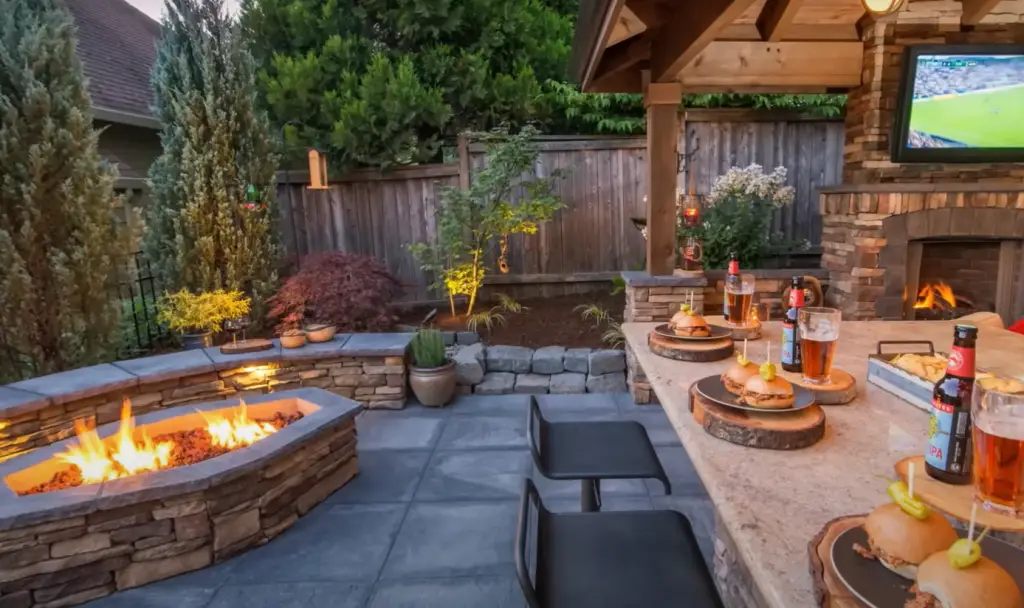
When it comes to style, gazebos are generally more ornate, while pergolas and pavilions tend to be more minimalistic.
Roof
One of the main differences between a gazebo, pergola and pavilion is the amount of coverage they provide. A gazebo typically has a full roof, providing complete shade from the sun. A pergola usually has lattice or open rafters that allow some sunlight to filter through. And lastly, pavilions have an open-air design with no roof at all.
Sides
Gazebos, pergolas, and pavilions all provide some form of shelter, but the way they do so is very different. Gazebos often have full walls on all sides, providing complete seclusion from the outside world. Pergolas are constructed with vertical posts or columns that create an open-air feeling.
Pavil, meanwhile, may or may not have walls depending on the structure. They are often designed with open sides and a roof, creating a spacious feel.
Foundation
Gazebos, pergolas and pavilions are all outdoor structures, but they have distinct differences that separate them from another. Gazebos usually rest on a foundation (such as concrete footings) and are more permanent than their counterparts. This makes gazebos the most popular option for garden landscaping since they can provide a space for relaxation and entertainment. [2]
Gazebo Pros
Gazebos are ideal for providing an outdoor space that is protected from the elements. They can offer a pleasant place to relax and enjoy the outdoors, even in inclement weather.
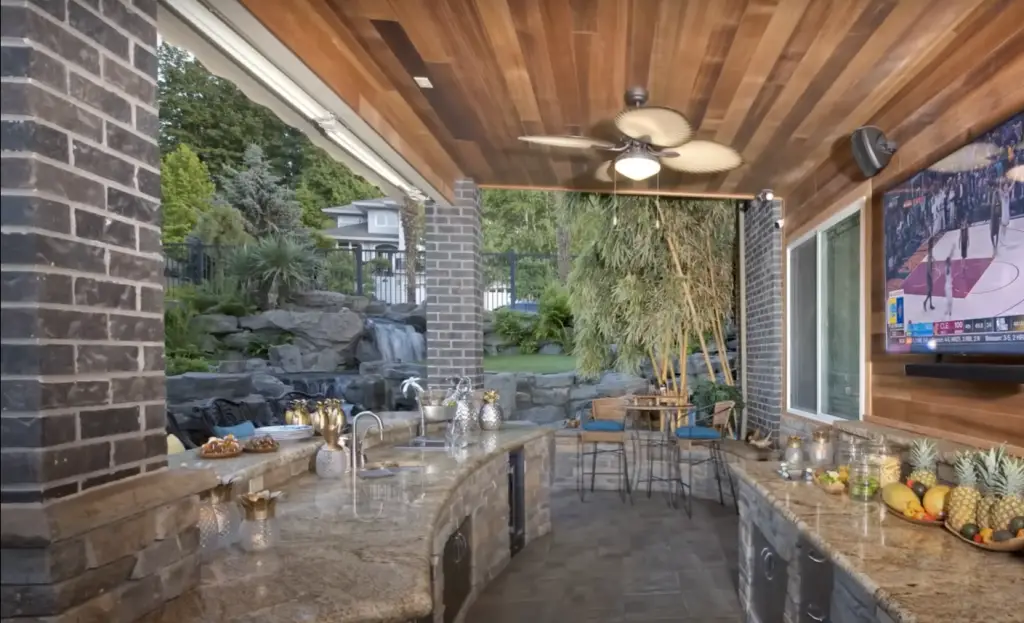
Gazebos often feature a roof, sides and sometimes an open floor. This shelter makes them perfect for hosting casual gatherings or spending time with family without worrying about rain or sun. Additionally, gazebos are usually smaller in size than pergolas and pavilions, making them easier to install and maintain. They are also typically more affordable than the other two structures, making them a great option if you’re looking to add an outdoor space on a budget.
Gazebo Cons
Gazebos have some drawbacks that are important to consider before installation. Firstly, they can be relatively expensive when compared with pergolas and pavilions. Materials like wood or metal can quickly add up in cost when building a gazebo.
Additionally, gazebos usually require a foundation for stability since they have four walls that create an enclosed space. This can add to the overall cost of installation and make it difficult to move or reassemble the structure if necessary. Gazebos also tend to be less versatile than pergolas and pavilions, which usually don’t require a foundation.
Finally, gazebos can be less functional in areas that receive a lot of rain or snow. The four walls provide protection from the elements, but they also make it more difficult to escape moisture accumulation than with open structures like pergolas or pavilions. This means that gazebos may need more frequent maintenance and cleaning to prevent rot or mold buildup compared with open-air structures. [3]
Pergola Pros
Pergolas are a lesser option than gazebos or pavilions, making them ideal for those on a budget. They also provide more flexibility in terms of design, since they can be installed as either freestanding structures or attached to the side of your home. Additionally, pergolas can be left open with no covering, or covered with a canopy or shade cloth for additional protection from the sun. For those who want more privacy during their outdoor activities, pergolas can be outfitted with curtains or other screening materials.
Pergola Cons
Pergolas can be a great addition to your outdoor space, but they also have some drawbacks. First of all, because they are open-air structures with little or no walls, they can provide less protection from the sun and other elements compared to gazebos or pavilions.
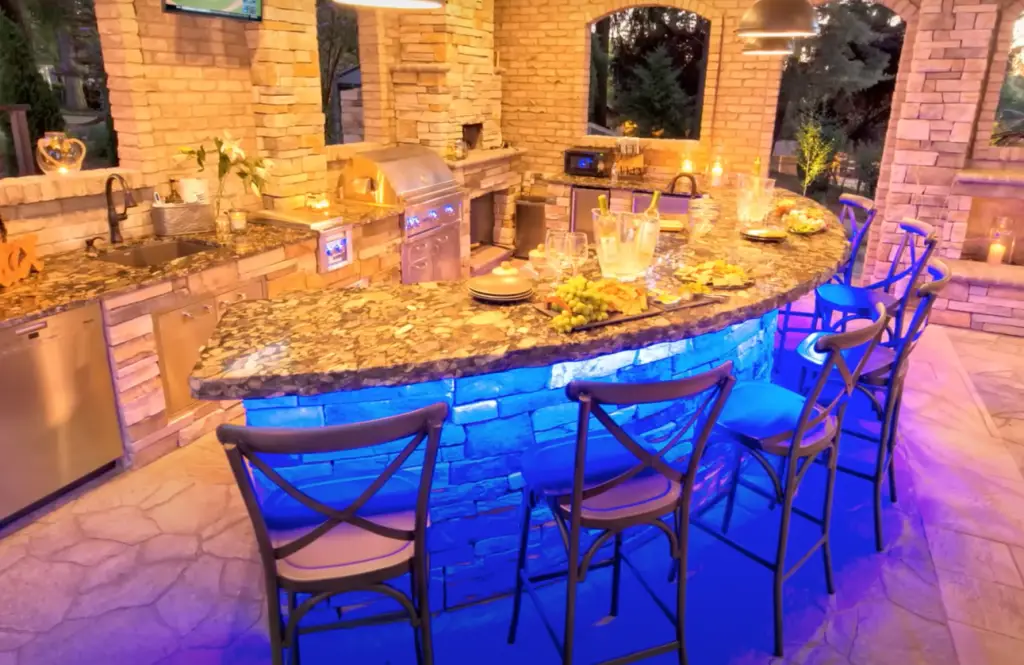
Additionally, pergolas typically require more maintenance than gazebos or pavilions, as they are usually made of wood and may require occasional painting, staining, and other upkeep. Furthermore, because pergolas create a more open space than gazebos or pavilions, they can be less private. Finally, depending on their design and the materials used to construct them, pergolas may not be as durable in extreme weather conditions. [4]
Pavilion Pros
- A pavilion is typically more spacious than a gazebo or pergola. It can provide shade for people and furniture, and it’s an ideal spot for hosting bigger events such as family reunions and wedding receptions.
- Pavilions are also better at shielding from rain, wind, and snow. This makes them a great option for areas that experience more inclement weather.
- The solid roof of a pavilion allows it to be used year-round, providing protection from the elements during colder months.
- Pavilions come in various shapes and sizes, meaning there is likely one that can fit your budget and space requirements.
- Pavilions also provide more privacy compared to open gazebos and pergolas, which can be beneficial for those who want more seclusion.
- Lastly, pavilions are considered a more aesthetically pleasing option as they come in many different styles, such as Victorian and modern designs. This allows for more creative freedom when it comes to designing your outdoor space.
Pavilion Cons
Pavilions are the most expensive of the three options, typically requiring more materials and labor to construct. In addition, they may need additional features such as electrical work or plumbing to be fully functional. As a result, they can be an expensive investment that may not always fit within budget constraints. Additionally, pavilions must be carefully placed so that they provide the most usable shade and protection from the elements. Like gazebos, pavilions may also require maintenance such as staining, painting, or repairs due to exposure to weather. Lastly, some localities may not allow for their construction in certain areas. [5]
Where To Buy
When it comes to Gazebos, Pergolas and Pavilions, you have a few options on where to buy. For those who are looking for a custom build, there are many companies that specialize in making these structures. You can also purchase ready-to-assemble kits from home improvement stores or online retailers.
If you are looking for something more affordable, then you may want to consider purchasing second-hand. Oftentimes, people can find great deals on gently used items online or in specialized stores.
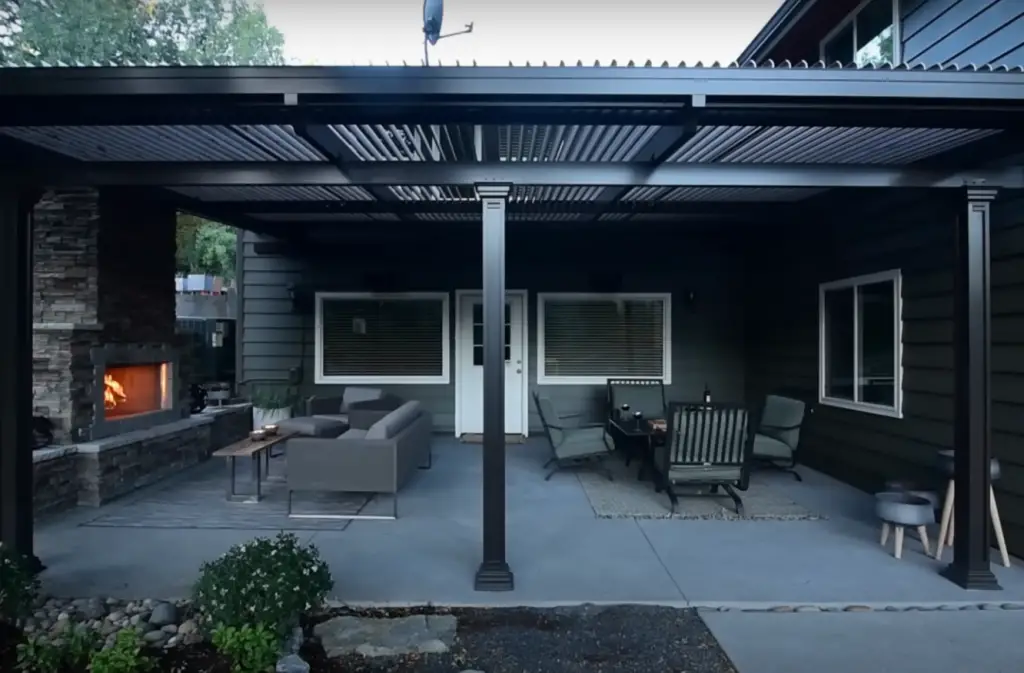
It is important to inspect any used item before purchasing to ensure it is in good condition and will last the test of time.
FAQ
What is a pavilion versus a pergola?
A pavilion is a freestanding, roofed structure. Unlike a gazebo, it does not have walls or screens and provides an open-sided shelter. A pergola is an outdoor arbor made of vertical posts or pillars that support cross beams and lattice work.
What is a pavilion without a roof called?
A pavilion without a roof is sometimes referred to as an open-air pavilion. Open-air pavilions are often used in outdoor spaces such as parks, gardens and other recreational areas. They provide shelter from the sun and rain during the warmer months, but do not offer protection from cold temperatures or strong winds. Open-air pavilions are often made of wood, metal or fabric and come in a variety of sizes and styles. They may be freestanding or attached to existing structures such as a home, garden wall or arbor. Open-air pavilions provide the perfect spot for hosting family gatherings, parties, weddings and other special events.
What makes a pavilion a pavilion?
A pavilion is a large and usually ornate structure, often similar in design to a gazebo or pergola. It may be open on all sides or partially enclosed. Pavilions come in many shapes and sizes, from an intimate garden shelter to grand public buildings. They can be made from wood, metal, stone, or even fabric. The defining feature of a pavilion is the roof, which has multiple sloping sides in the center like a pyramid or cupola. Pavilions are often used for entertaining and special events. They can be built to accommodate a large number of people, making them suitable for feasts, gatherings, and other larger functions. Pavilions can also be used to extend outdoor living space, providing shelter from rain or sun as well as protection from insects. Pavilions are often seen in public spaces such as parks, gardens, and plazas where they serve a decorative purpose along with their practical function. They can also be used in private spaces, creating a beautiful and comfortable outdoor living area.
Why is it called a pavilion?
Pavilions usually have a four-sided roof and are supported by sturdy columns or posts. The name comes from the Latin word “papilionem”, which means butterfly – referring to the shape of the structure. Pavilions provide an open, airy atmosphere that is perfect for outdoor entertaining and dining, while also providing much-needed protection from the elements. Pavilions can be used to define an outdoor living space and provide a great spot for relaxing, dining or socializing with friends.
What is a veranda vs gazebo vs pergola?
A veranda, gazebo and pergola are all outdoor structures that can provide shade and a place to relax in the garden. A veranda is a roofed porch or gallery with an open-air structure along one or more sides.

It’s usually attached to the side of a house or building and has no walls, providing an unobstructed view of the surrounding area. A gazebo is a freestanding structure with an open roof typically four sides. It provides protection from the elements while still allowing for fresh air to enter. A pergola is similar to a gazebo but has fewer walls, two or three sides. It provides partial shade while still allowing sunlight to enter.
Which is cheaper pergola or gazebo?
When it comes to budget, pergolas are usually the cheapest of the three outdoor structures. Generally, they can be built for much less than a gazebo or pavilion and often require fewer materials. While you may still need to invest in posts, beams, and roofing materials like shingles or fabric coverings, these costs should still be lower than what you would pay for a larger structure like a gazebo or pavilion. It’s also important to consider that with a smaller structure like a pergola, your labor costs will likely be lower as well since there is simply less material involved in constructing it. Overall, if cost is an important factor for you when deciding between a gazebo, pergola, or pavilion, then the pergola is probably going to be your best bet.
What is a pergola with a roof called?
A pergola with a roof is called a pavilion. Pavilions are similar to gazebos in that they provide an open, outdoor space and can be for dining, lounging, or entertaining. However, unlike gazebos, pavilions have roofs and offer more protection from the elements. Pavilions are typically more permanent structures, made of wood and metal, while gazebos tend to be more temporary and can often be made of vinyl or plastic.
What’s another word for pavilion?
The term pavilion is sometimes used interchangeably with another word: gazebo. A gazebo is a type of structure, usually octagonal or round in shape, that serves as an open-air shelter or room. Like the pavilion, a gazebo can be freestanding and/or attached to a larger structure like a house or garden wall. It can also be used for entertaining Another word for pavilion is gazebo. A gazebo is an outdoor structure with a roof and open sides, often used for entertaining guests or providing shade in the garden. The term “pavilion” can also refer to a large tent-like structure that may be portable or permanent and usually provides protection from the elements. Pergolas are similar to pavilions but have slatted roofs instead of solid panels, allowing sunlight to filter through without blocking visibility from within. Gazebos, pergolas and pavilions are all great ways to add style and comfort to your outdoor living space. Each one offers unique features and advantages depending on your needs and preferences. To decide which type is best for you, consider the look and feel you want to create in your outdoor area, as well as your budget and space limitations.
What do you call a pavilion?
A pavilion is a type of structure that is partially open on the sides and has a covered roof. Pavilions are usually larger than gazebos or pergolas and can be used for many purposes such as providing shade, hosting events, or simply adding aesthetic value to an outdoor space. They can also be constructed with more permanent materials such as brick, stone, or wood. Because of their size and design, pavilions are often associated with parks, but they can also be found in other settings such as residential gardens or commercial areas. In addition to being aesthetically pleasing, pavilions provide protection from sun and rain while still allowing air to flow through, making them ideal for warm climates.
What are the types of pavilion?
A pavilion is a large, open-sided structure that allows you to enjoy the outdoors while still being protected from the sun and rain. Pavilions typically come in three designs: gazebo, perg and pavilion. Let’s take a look at each and explore their similarities and differences.
Are pergolas cheaper than pavilions?
When it comes to cost, pergolas are often cheaper than pavilions. The main reason for this is that pergolas require less material and labor to construct. Pergolas typically have four posts with cross beams at the top and sometimes have lattice panels or curtains for added shade or privacy.

They are relatively simple and can be built from a variety of materials such as wood, metal, vinyl, or even fiberglass. In contrast, pavilions usually require more building material and labor due to their larger size and complexity. Pavilions involve more extensive construction including a roof, walls, posts and beams, as well as other features like lighting fixtures or window treatments. As such they tend to cost more than pergolas. However, if you’re looking for a larger outdoor structure that provides more shade and privacy, then a pavilion may be the right choice for you.
What is the difference between a cabana and a pavilion?
A cabana and a pavilion may look similar, but there are several distinct differences between them. A cabana is often used for recreational purposes and typically features a wooden frame with canvas walls, making it an ideal spot for poolside relaxation or entertaining. A pavilion, on the other hand, is often larger in size and constructed of sturdier materials such as stone, brick or wood. They are usually open-air structures that provide shelter from sun and rain, making them great spots to host outdoor events such as weddings or birthday parties. Cabanas tend to be more casual while pavilions have a more formal atmosphere. With their sturdy construction and ability to hold large groups of people comfortably, pavilions can be seen as more permanent fixtures in a landscape compared to cabanas. Cabanas and pavilions can each provide a great addition to any outdoor living area, but they are designed with different purposes in mind. It’s important to consider both the size of your event or gathering and the aesthetic you want for your landscape before deciding on which structure is right for you. Each one has its own unique advantages that make it perfect for different situations.
Useful Video: Pergola I Pavilion I Gazebo I What is difference?
Conclusion
When it comes to outdoor structures, there are a few different options available. Although they share some similarities, a gazebo, pergola and pavilion all have unique design features that make them distinct from one another. Gazebos provide an enclosed space with a roof and sometimes walls for protection from the elements; pergolas are open-air structures made of posts and beams used to support climbing vines; pavilions provide a large, covered area for outdoor gatherings that may or may not be enclosed. Each structure offers its own benefits depending on the space and use. Consider the size, purpose and style that best fits your needs when deciding between a gazebo, pergola or pavilion.
References:
- https://yardistrystructures.com/are-you-considering-buying-a-gazebo-pavilion-or-pergola/#:~:text=The%20main%20difference%20between%20a,garden%2C%20pathway%2C%20or%20patio.
- https://kpcontracting.net/gazebo/gazebo-vs-pavilion-vs-pergola-which-one-is-right-for-you/
- https://www.horizonstructures.com/blog/whats-your-outdoor-way-of-life-style-pavilion-pergola-or-gazebo/
- https://www.ulrichlifestyle.com/news/the-difference-between-a-pergola-gazebo-and-pavilion-2/
- https://www.backyardunlimited.com/blog/all-about-gazebos-pavilions-and-pergolas/





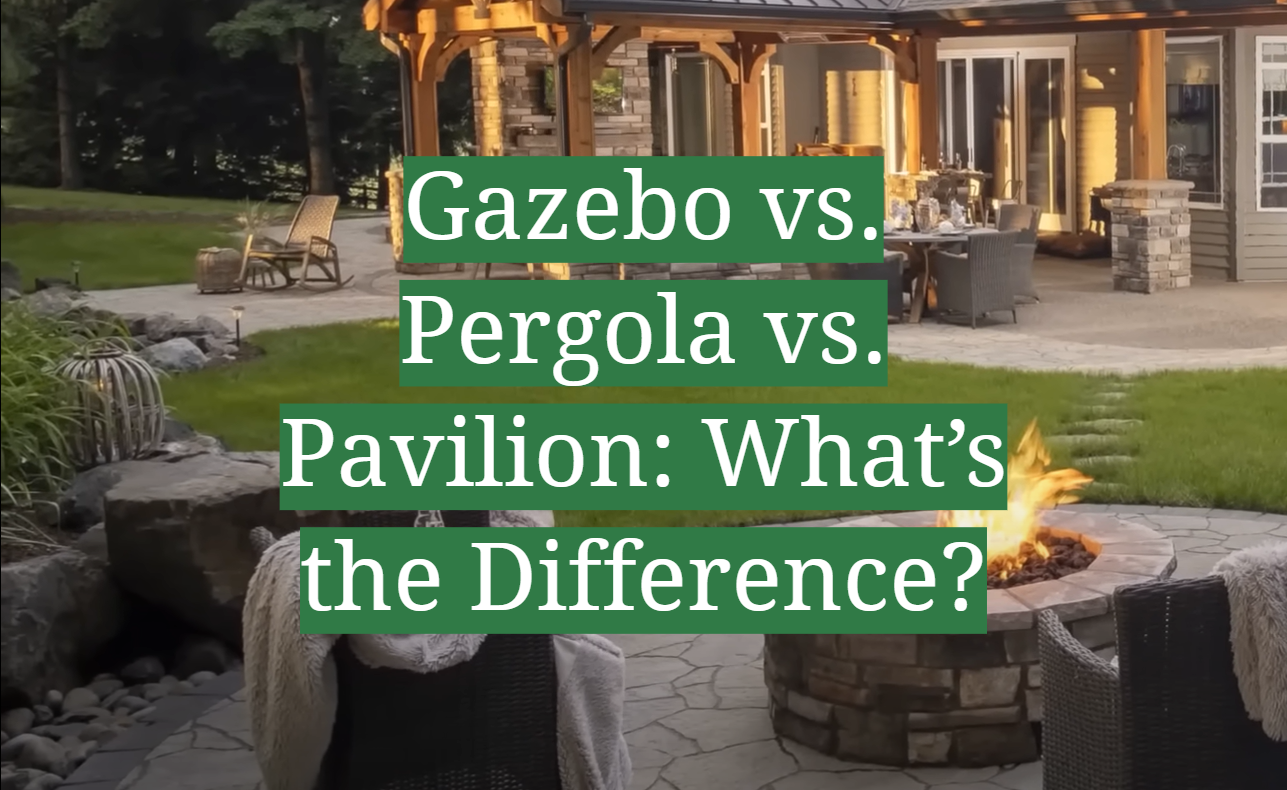

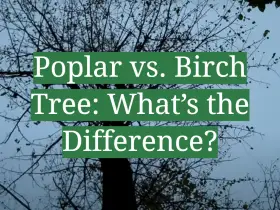

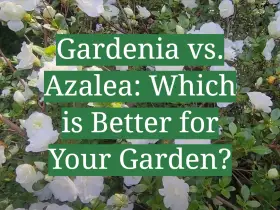
Leave a Reply
View Comments